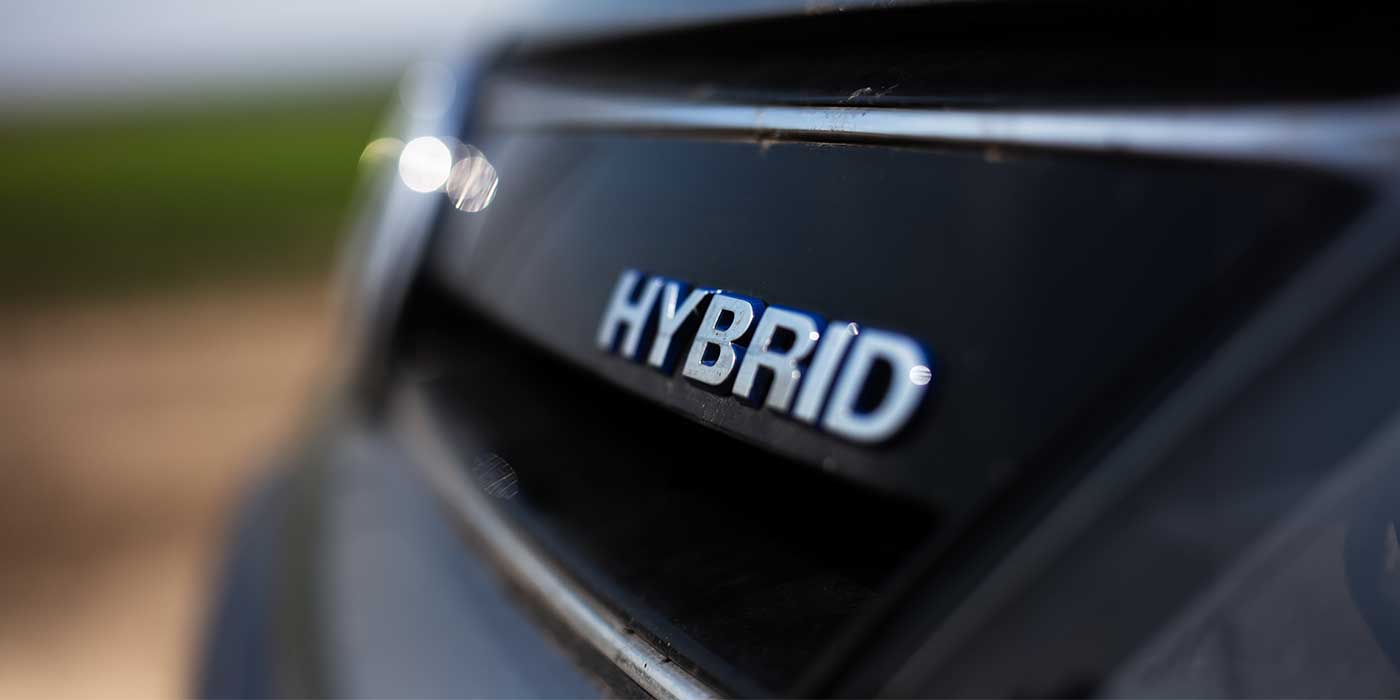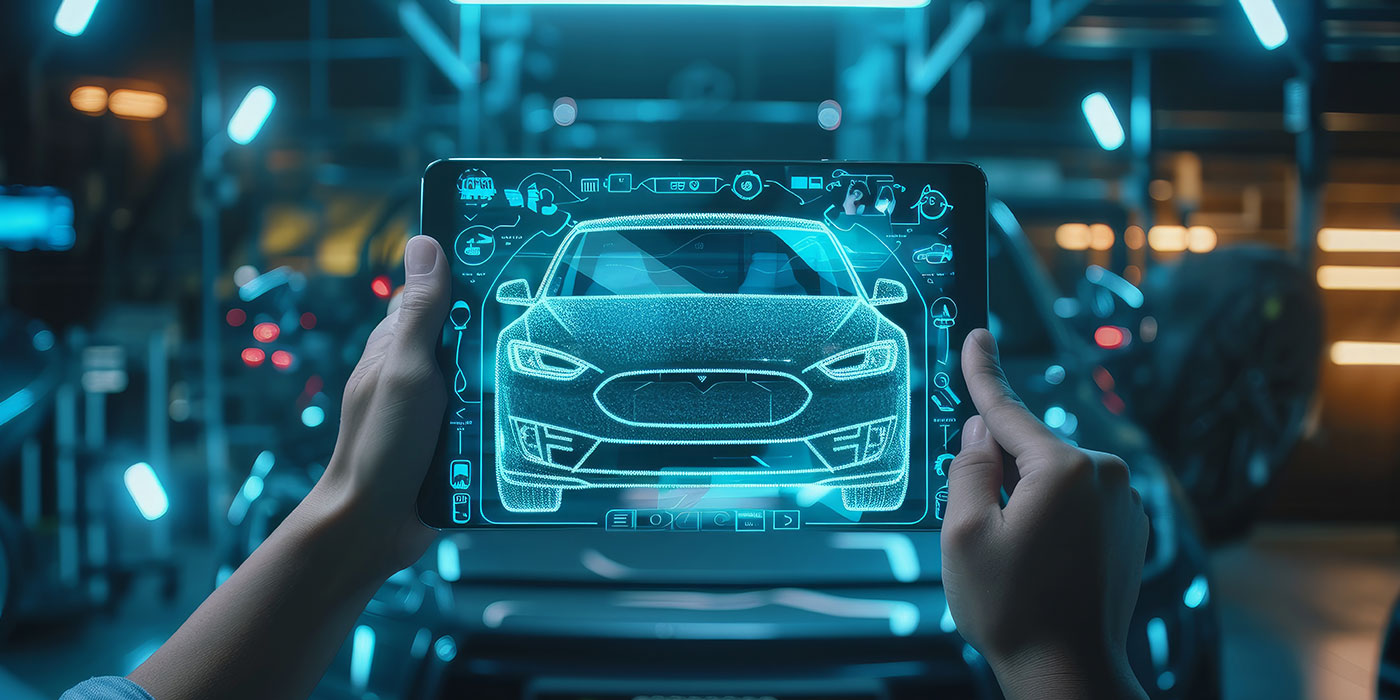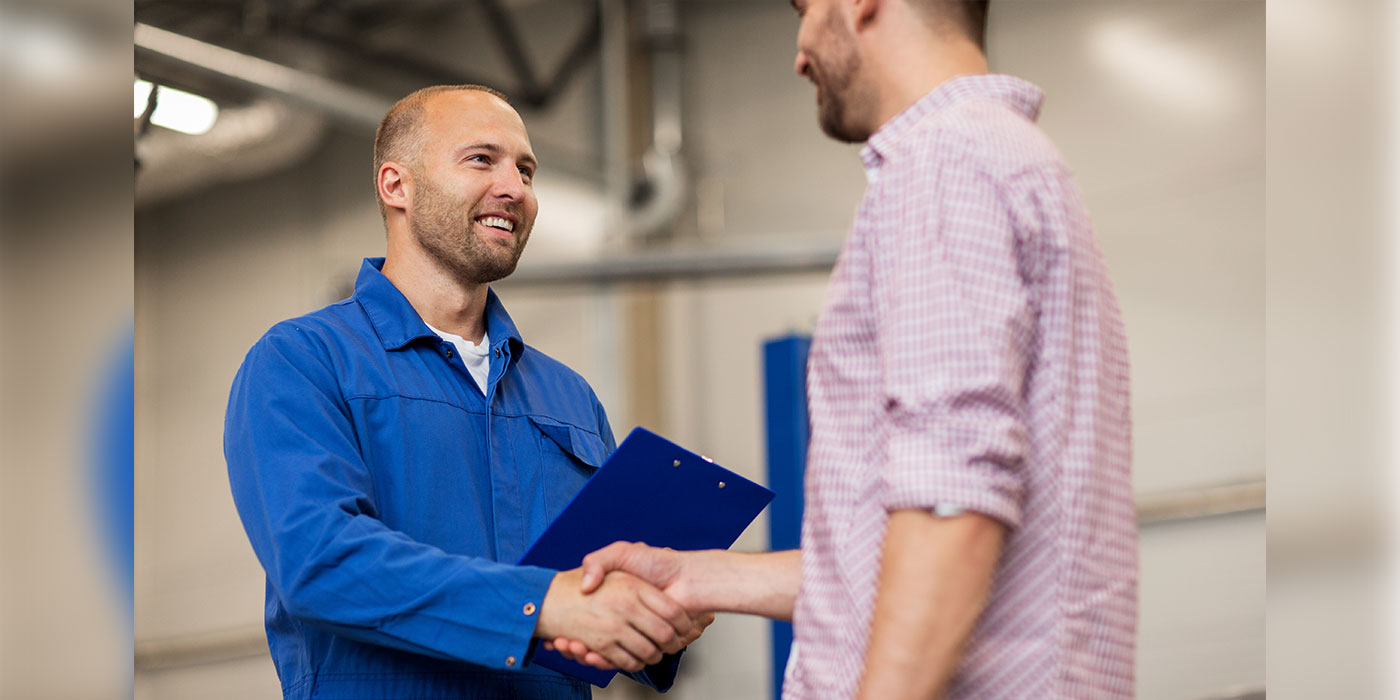Online used car retailer Vroom bought its first Super Bowl ad to introduce the company to the hundreds of millions of fans that watched the game this year. Its purpose was to discuss the painful process of the lengthy time it takes to buy a car at a dealership.
Vroom transacts vehicles online without requiring car shoppers to visit a physical dealership. Its 30-second Super Bowl ad, called “Dealership Pain,” generated awareness of the pressure of purchasing a vehicle through a typical car dealer.
Vroom’s Message Was Correct — Partially
Vroom’s business is similar to Carvana, another large e-commerce shopping site for buying and selling used cars. However, rather than using its Super Bowl ad to steal mindshare from a competitor, its focus was in targeting traditional dealers to change the perception of the millions of car shoppers considering where to purchase their next vehicle.
The truth is that part of Vroom’s message may not be incorrect. The negotiating process and settling on the right payment can extend the time it takes to shop for a car. But for traditional dealers, they have the power of advanced new technology on their own side to help increase efficiencies that make Vroom’s message a moot point.
2020 Kickstarted Online Car Shopping
Last year may go down as the year the automotive industry finally saw Digital Retailing take off, thanks to the COVID-19 pandemic.
According to the most recent “Think With Google” report on car shopping, U.S.-based search interest for “is it a good time to buy a car” increased noticeably during quarantines, jumping 9X during the first four months of 20201. Car shoppers were looking for bargains, and the automakers quickly made pivots to provide favorable prices, terms and financial deals.
One of the most notable ways that retailers were able to accommodate this was through advanced technology that enabled more digital and contactless transactions – Digital Retailing. To truly power this environment going forward, retailers need a more transparent environment where pricing and payments are more inline with what consumers expect to see throughout every step of their shopping experience.
Digital Advertising Will Power the Retail Shopping Experience
To make all this work, automotive retailers will rely even more on digital advertising technologies, where strategies have become more critical during social distancing which helped fuel the digital retailing era for car shopping. Auto retailers and their partners will rely on digital advertising strategies to help lower the cost of each vehicle transaction by becoming more efficient with their per-vehicle ad spend.
It’s critical that each retailer is transparent all the way through the entire shopping journey. It’s not wise to advertise a vehicle they don’t have in stock, and it’s also not wise to show vehicle price as the significant driver of each deal. As such, new resources such as a data-driven pre-owned vehicle value report is helping customers to see the transparent value of the vehicle. This allows retailers to flip the script by allowing a consumer to see a penny-perfect payment.
For years the industry has talked about “The Amazon Effect.” The inaccurate thought process was that this model would create a race to the bottom for profits. However, a deeper dive shows that Amazon doesn’t drive profits down, but rather creates an easier path for transaction while driving costs out of the process through better efficiencies. There are millions of products available on Amazon that certainly aren’t inexpensive. However, the process they’ve created helps the consumer purchase with greater ease.
When retailers fully embrace this opportunity, they will find that they’ve eliminated all the power and luster in Vroom’s advertising message. Sure, today’s car shoppers want to shop from their sofa. But they also realize the full value that a physical retailer offers — from test drives and questions about a vehicle to the hospitality offered through excellent vehicle service and maintenance — all aspects of the vehicle ownership journey that can’t be replicated by an e-commerce-only platform.













